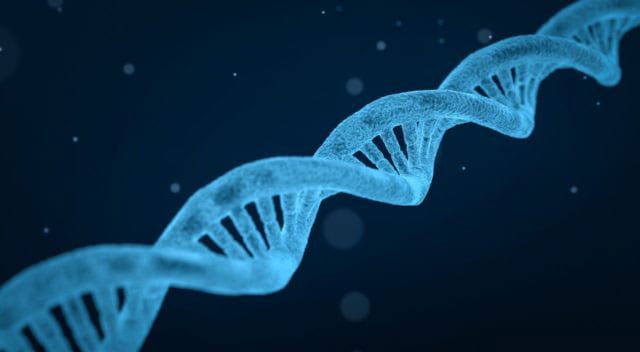Currently, treatment options for Williams syndrome are considered symptomatic; they treat symptoms of the condition, but not the underlying cause. There are no treatments or cures addressing the underlying genetic cause. However, shares an article from Medical XPress, a research team from UPF’s Neuropharmacology Laboratory has recently discovered that altering endocannabinoid system function could potentially treat individuals with Williams syndrome.
In the research, which was published in eLife, the authors describe how they developed an in vivo mouse model of Williams syndrome. Next, the researchers used JZL184, an experimental MAGL inhibitor, to modulate the endocannabinoid system. They chose to focus on the endocannabinoid system as it has been linked to learning, sociability, memory, and physiological regulation. Learn more about the endocannabinoid system.
JZL184 inhibits a specific enzyme and helps increase endocannabinoid levels. After treating the mouse model with JZL184, researchers found that:
- JZL184 changed the way the CB1 receptor functioned and was expressed in the brain.
- After 10 days of treatment, the mouse model showed improved memory and a reduction of hypertension, hypersociability, and heart hypertrophy.
- Around 70% of the altered genes regained typical expression, showing a significant improvement.
While these results are promising, additional research is needed: both on JZL184 and its effects on Williams syndrome. Researchers are interested in seeing if other endocannabinoid system-modulating therapies could also be effective for Williams syndrome and related conditions.
What is Williams Syndrome?
Also known as Williams-Beuren syndrome, Williams syndrome is a rare genetic disorder caused by contiguous gene deletions on the long arm (q) of chromosome 7. While familial cases of Williams syndrome have been reported, most cases occur spontaneously. Symptoms and characteristics typically become more pronounced with age. These can (but do not always) include:
- A round face with full cheeks, thick lips, a broad nasal bridge, and a large mouth
- Underdeveloped teeth
- Failure to thrive
- Vomiting
- Delayed growth pre- and post-birth
- A short stature
- Infant hypercalcemia
- Pulmonary stenosis
- Extreme sensitivity to sound
- Depressed breastbone
- Appetite loss
- Microcephaly (an abnormally small head)
- Congenital heart defects
- Abnormal spinal curvature
- Hypersociability (extreme interest in other people)
- Difficulty with visual-spatial tasks
- Attention deficit disorder (ADD)
- Anxiety
This is not an exhaustive list of symptoms or characteristics.








